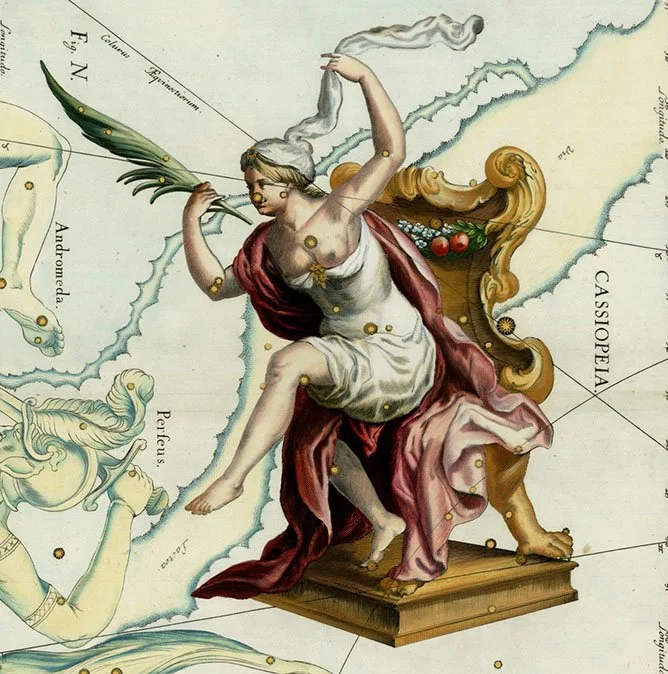Paul Celan to Gisèle Lestrange Celan
Paris, 28 March, 1966
My Darling,
Here I am again, with two poems that have ripened 'between the day before yesterday and today. Take them as a hello thrown by a heart. I love You.
Paul
*
Swung high over the heads
the sign, ignited with the strength of dreams
at the place that it named.
Now:
Give a signal with the sand leaf,
until the sky is smoking.
The name and “the memory plant”
The butterbur (Petasites hybridus) or The memory plant
This the enigma: Of all the dogged / lilac names
Of the dead / this blossom tells / their escape.
— Christian Lehnert translated by Richard Sieburth
*
Petasides hybridus, or butterbur, is a perennial shrub that grows throughout Europe as well as parts of Asia and North America. It was used to treat plague and fever during the Middle Ages— and now is mainly used for prophylactic treatment of migraines. Often found in wet, marshy ground, damp forests, and the shorelines of rivers or streams, butterbur plants can rise to a height of three feet with its downy, fur-covered leaves extending to a (unusually large) diameter of three feet as well.
The genus name, petasites, comes from the Greek word “petasos,” referring to the felt hat worn by shepherds, while “butterbur,” the common name, comes from how the plant’s large leaves were often used to wrap butter during warm weather. Other common names include pestwurz, blatterdock, bog rhubarb, and butter-dock.
Naming conventions
For composers, there is a certain significance in the 8th opus. And Christian Lehnert gestures towards this significance in the titling of his eighth poetry collection, Opus 8: Wickerwork.
Designating itself “a nature book,” Wickerwork is now (partly) available in Richard Sieburth’s English-language translation, and in his tantalizing prefatory essay that supplies context and enriches Lehnert’s wickers. The book is divided into seven linked chapters or movements, overseen by a unique epigraph.
And each of the seven movements is composed of seven contrapuntal poems that face one another across the page’s seam. On the left: the solo voicings of a couplet in alexandrine meter. On the right: the chorales of an octave in iambic tetrameter. Sieburth likens Lehnert’s distichs to the “phanopaeia” that Ezra Pound defined as “a casting of images on the visual imagination.”
Names
The name is an herb / a seedling and a shaft /
Risen from the sound / of wood and oil and sap.
In these poem, Lehnert uses a virgule to indicate a pause or breath within the line, thus connecting the poem’s way of being — and breathing— to a convention in German baroque verse, namely, the use of a separatrix to serve as a guide for oral reading and performance.
Naming by posthumous cherubs
Lehnert’s earlier poetry collection, Cherub Dust, also made use of the distich.
Drawing on a 1674 collection of devotional epigrams written by Angelus Silesius — and then attributed to the posthumous authorship of Johann Scheffler in the persona of a “cherubinic wanderer” — Lehnert fondles with the form’s atemporal perspective. A posthumous author has the advantage of looking back-and-forth upon a life once lived, and relived without the pressure of time at his back.
“Locodescriptive calendar poems,” Sieburth calls them . . .
Each distich is composed from two 12-syllable lines: the first line describes the subject in verbs, while the second line abandons the world of verbs for nouns, tucking a nomination into the first 6 syllables (i.e. “thus the name of” or “thus X is called”) qualified with a colon, followed by 6 syllables of metaphoric or metynomyic predicates referring to the thing being christened. In this way, each distich names the subject, turning it into a proper noun, a thing worthy of remembrance.
February thirteenth 2016, Breitenau
Something buzzing in the tree, syllables for sure.
Thus the name for embers: matter feeding words.
Early September 2016, in the lamplight, Breitenau
Whoosh— a call? A bang or whimper in fact?
Thus the name of the bat: the afterthought of that.
October 2016, Gottleuba Valley, Eastern Ore Mountains
Lost, like the leaves, those names by which we went.
Thus red beech is called: shadow of a summer spent.
Second advent 2016, Breitenau
The words hold still, there’s nowhere they want in.
Thus the name of fatigue: in silence it begins.
Several distichs from Cherub Dust lack the date and proper noun of place-name in the titling, as, for example, “Mother Tongue”:
Mother tongue
The room in which you write gets torn away at night
and burned up in the fire, out of words, out of sight.
A constellation
A different name and date, namely, the 2oth of March 1966, when Paul Celan wrote to Gisèle from Paris, thanking her for a book she had brought to the hospital for him.
My Darling
Thanks for Ulysses — I hope that all is well, that all will go well. […] I wrote another poem— here it is.
Rather than include the poem, I’m narrowing in on the end-notes concerning Celan’s copy of Ulysses, “the authorized translation (in two volumes) by Georg Goyert, 5th edition (Zurich: Rhein, 1952),” as noted by Bertand Badiou who also notes that “the two volumes have numerous reading marks and underlinings, and, at the end of the second part (volume 2, p. 196), the date ‘12 April 1966’” is visible in Paul’s handwriting.
Among the plenty of marked passages in Celan’s copy of Joyce’s Ulysses:
A star, a daystar, a firedrake, rose at his birth. It shone by day in the heavens alone, brighter than Venus in the night, and by night it shone over Delta in Cassiopeia, the recumbent constellation which is the signature of his initial among the stars. His eyes watched it, low-lying on the horizon, eastward of the Bear, as he walked by the slumberous summer fields at midnight, returning from Shottery and from her arms.
Speaking with Gisèle led Badiou to wrap this passage into a relational ontology wherein Gisèle helped Paul “deepen his knowledge of ‘things of the sky,’ to identity certain constellations, and in particular Cassiopeia,” while Paul helped Gisèle “learn about ‘things of the earth,’ to observe plants and stones, and to call them by their names.”
The personal note
A stranger awoke, saying the same sorry things
as me, in the hope I’d lend him my wings.
Christian Lehnert t. by Sieburth
“Navi” and a ‘Nick’ in a Name
In the middle of the Cassiopeia constellation sits its brightest being, a bling of a thing, a blue star named Gamma Cassiopeiae (a.k.a. Navi). Its nickname comes from the American astronaut Virgil Ivan Grissom, and does one of my favorite things to a name, which is simply to make a Semordnilap by spelling it backwards. So Ivan becomes Navi, and Navi is the star used as a navigational reference point by astronauts, including the star’s namesake.
At a distance of 610 light-years from our planet, Navi’s nature is fascinating and unpredictable. Its luminosity is 40,000 times greater than that of our Sun. Known for exhibiting irregular variations in brightness, Navi is what astronomers call an “eruptive variable star.” It can emit 10 times higher the amounts of X-ray radiation than that of other B class stars. In China, this star is known as Tsih, or “the whip.”
“Upon Cassiopeia’s death, Poseidon placed her in the stars, where she was chained to her throne and must spend half of the year upside-down as further punishment.”
*
Cassiopeia as depicted by Johannes Hevelius in his Firmamentum Sobiescianum sive Uranographia (1687)
Cassiopeia in Astrobackyard
Christian Lehnert, Wickerwork, translated by Richard Sieburth (Archipelago Books)
Devendra Banhart, “Fistful of Love” (Antony and The Johnsons cover)
Devendra Barnhart, “Won’t You Come Home”
Leonard Cohen, “Famous Blue Raincoat”
Lizzie Harper, illustration of Petasites hybridus
Paul Celan, Letters to Gisèle (NYRB Imprints)
Petasites hybridus (Plants for a Future database)
Petasites hybridus (Alternative Medicine Review)


